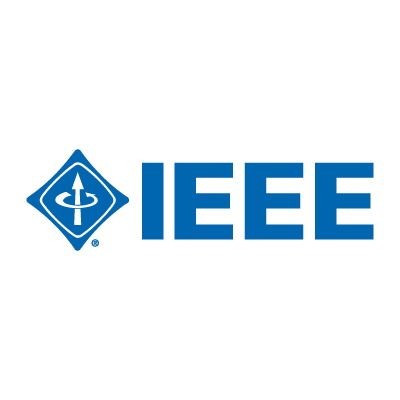
2019 IEEE International Symposium on Phased Array Systems and Technology
October 15 – 18, 2019, Waltham, MA USA

Tutorial: Phased Arrays for MIMO Radar
October 18, 2019 – 8 a.m. – 12 noon
Instructors:
Dr. Vito Mecca, MIT Lincoln Laboratory
Dr. Frank Robey, MIT Lincoln Laboratory
Dr. Daniel Rabideau, MIT Lincoln Laboratory
Abstract:
Recent advances in the technologies associated with phased array apertures, digital waveform generators, and signal processing have enabled a broad class of Multiple-Input Multiple-Output (MIMO) radar techniques. In the last decade and a half, the MIMO radar nomenclature has been applied to various signaling and processing techniques that employ multiple, independent radiating transmitter elements that work cooperatively with multiple, independent receiver elements. This tutorial is intended to provide an overview of the principles of MIMO radar with an emphasis on applications and beamforming techniques for phased array radar systems.
First, this tutorial will briefly review the history of developments in the fields of radar, communication and control theory that led to the emergence of the “MIMO radar” taxonomy in the early 2000’s. An overview of MIMO radar will be provided covering the broad class of MIMO-enabling waveforms, comparisons with traditional single-input radar systems, and the various canonical forms of MIMO radar in the published literature. Second, this course will expand upon waveform design approaches for MIMO radars. A coherent MIMO radar signal model will be presented that illustrates the utility of spatio-temporal signal processing for phased array systems – including a posteriori transmit beamforming. Then, performance of MIMO radar systems will be explored in the areas of parameter estimation, track and search rates, and requirements and cost for hardware implementations. Finally, several examples of MIMO radar operation will be presented spanning pulsed-Doppler, airborne GMTI, and high frequency over-the-horizon radar applications.
Instructors:

Dr. Vito F. Mecca received a dual BSE degree in Biomedical Engineering and Electrical Engineering, as well as the MS and Ph.D. degrees in Electrical and Computer Engineering from Duke University. Currently, Vito is employed at MIT Lincoln Laboratory where his research spans the areas of digital signal processing, adaptive array processing, radar systems, and high frequency over-the-horizon radar. His research interests include adaptive signal processing, phased array processing, detection and estimation theory, and Multiple-Input Multiple-Output (MIMO) radar techniques. Vito is a Senior Member of the IEEE and a member of Eta Kappa Nu (HKN).

Dr. Frank Robey received BSEE (Summa Cum Laude) and MSEE degrees from U. Missouri-Columbia and D.Sc. EE in adaptive detection and beamforming from Washington U. He has been with MIT Lincoln Laboratory for 25 years. At Lincoln he has been the lead for multiple fundamental and applied research initiatives including advanced sensor technology, coherent Multiple-Input Multiple-Output (MIMO) radar, electronic intelligence and next generation over-the-horizon radar. He spent two years on assignment as the Deputy Director of Smart Collection at IARPA/ODNI. He began his career as a precision instrument designer at Hewlett Packard and then at Emerson Electric.

Dr. Daniel Rabideau is Assistant Leader of the Airborne Radar Systems group at MIT Lincoln Laboratory. His areas of technical expertise include phased array systems, signal processing, adaptive receivers, radar waveforms, radar imaging, countermeasures, and protection technologies. Since joining MIT Lincoln Laboratory in 1995, he has applied this range of expertise to the development of next generation radar, electronic warfare, and other RF technologies. His work has had impact on the development of numerous operational radar systems, including the P-3 LSRS, E-2D, SPY-1, AMDR, P-8 AAS, E-8 Joint STARS, and MP-RTIP. Prior to joining MIT Lincoln Laboratory, Dr. Rabideau worked for the United States Air Force Research Laboratory, where he developed space-time adaptive arrays and high-performance embedded computing technology. He earned the BS and PhD degrees in electrical engineering from Cornell University in 1990 and 1995, respectively.